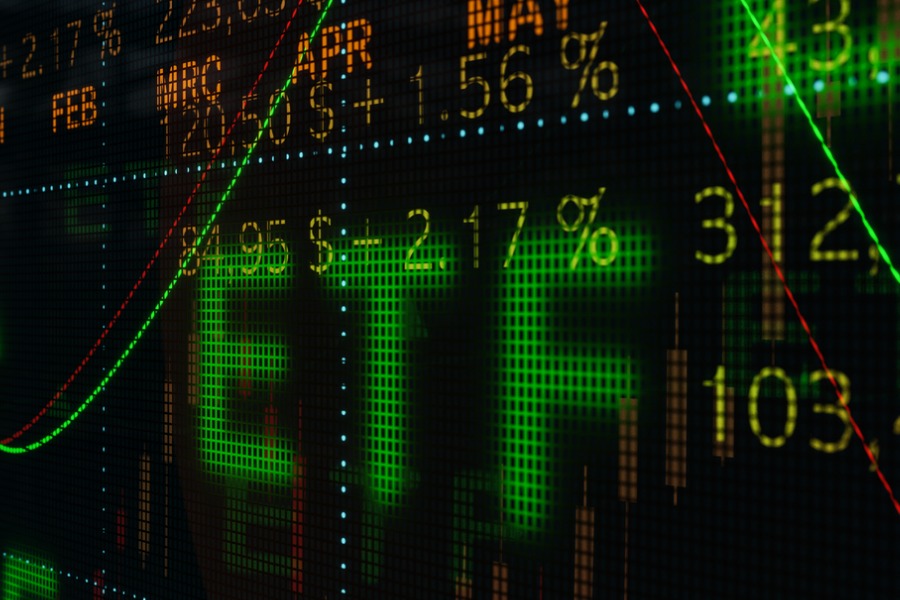

New York Life Investments appears to be pulling the plug on the semi-transparent ETF structure, switching its two products that do not disclose holdings daily to a fully transparent model.
In regulatory filings Thursday, the asset manager disclosed that a pair of its IndexIQ ETFs will make that change at the end of August and be rebranded. Those products are the IQ Winslow Large Cap Growth ETF and IQ Winslow Focused Large Cap Growth ETF, which will be renamed as the NYLI Winslow Large Cap Growth and Focused Large Cap Growth ETFs.
The company is not a major player in the semi-transparent or non-transparent ETF market, and those products are small, at $33 million and $11 million in assets, respectively. But the shift to a fully transparent structure, in which the actively managed ETFs will publish their holdings daily, is among the latest signs that demand for the semi-transparent structure might not be living up to the hype.
“It’s just another piece of evidence that the non-transparent structure hasn’t taken off like a lot of people expected it to,” said Ryan Jackson, manager research analyst for passive strategies at Morningstar. Jackson said he was among those seeing more of a future for them.
“We’ve all been scratching our heads a little bit,” he said, about the “lack of takeoff for non-transparent ETFs.”
New York Life did not immediately comment on the changes.
Non-transparent and semi-transparent ETFs have been seen as a way for active managers to provide strategies in ETF form without having to give away their portfolio holdings, which puts them at much less risk for copying by competitors or others. However, active managers have also debuted products with traditional fully transparent structures, which might be more of what investors want, Jackson noted.
Among 70 ETFs with non-transparent or semi-transparent structures, total assets are currently about $7.8 billion in the US, according to data from Morningstar Direct. About $917 million has flowed into the products so far this year on a net basis, compared with net sales of about $1.3 billion over a year and $2.2 billion over three.
Despite struggles in the category overall, there are some outliers, Jackson said.
The biggest such ETFs include the $1.8 billion Fidelity Blue Chip Growth, $639 million T. Rowe Price Blue Chip Growth, $628 million Putnam Focused Large Cap Value, $552 million T. Rowe Price Dividend Growth, and $544 million Putnam Sustainable Leaders ETFs.
There are few examples of asset managers switching from semi-transparent to fully transparent structures, although Franklin Templeton did so with the Clearbridge Focus Value ESG ETF is acquired in 2022, said Todd Rosenbluth, head of research at VettaFi, in an email.
“Asset managers are increasingly comfortable with the daily disclosure of holdings for active equity ETFs. However, we have seen solid investor adoption of semi-transparent active funds,” he said, citing large Fidelity and T. Rowe Price blue chip growth ETFs. “These ETFs follow a similar investment approach as widely held mutual funds that disclose holdings quarterly.”

Executives from LPL Financial, Cresset Partners hired for key roles.

Geopolitical tension has been managed well by the markets.

December cut is still a possiblity.

Canada, China among nations to react to president-elect's comments.

For several years, Leech allegedly favored some clients in trade allocations, at the cost of others, amounting to $600 million, according to the Department of Justice.
Streamline your outreach with Aidentified's AI-driven solutions
This season’s market volatility: Positioning for rate relief, income growth and the AI rebound
